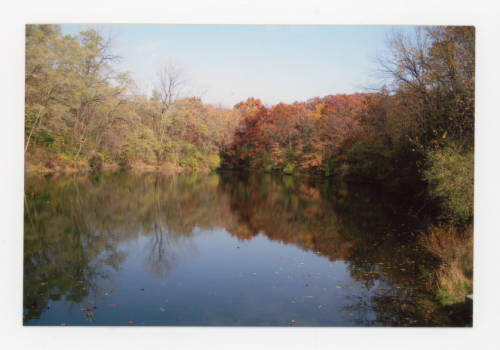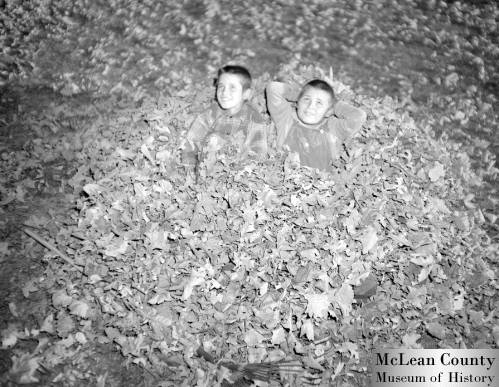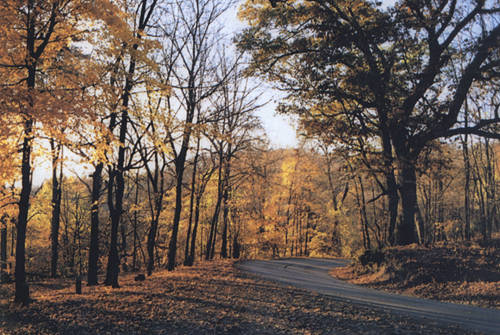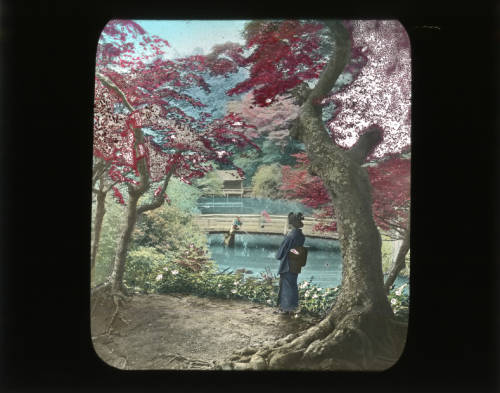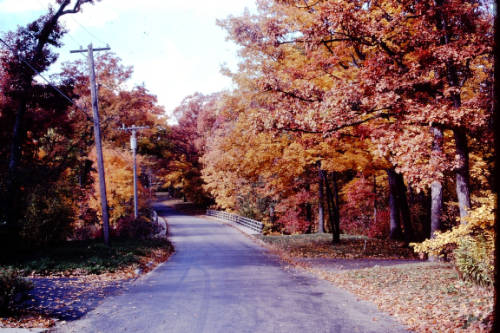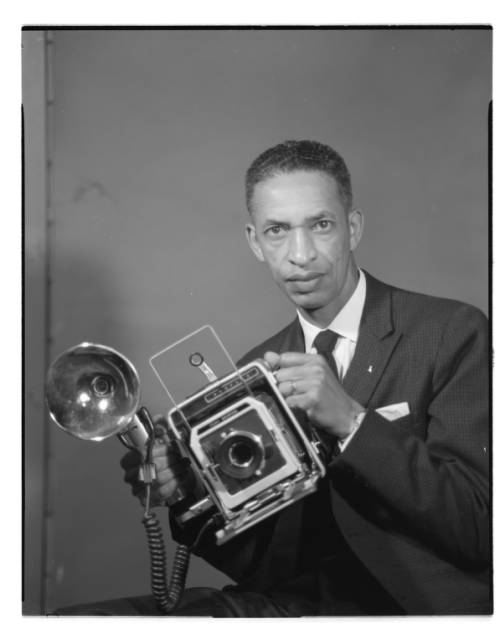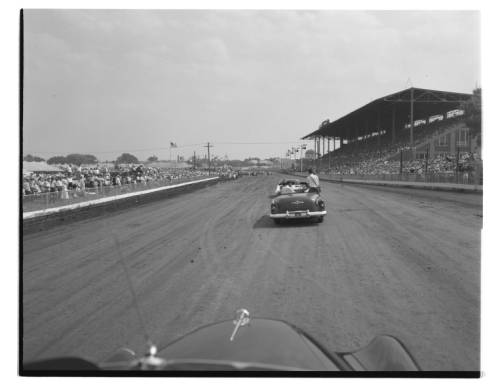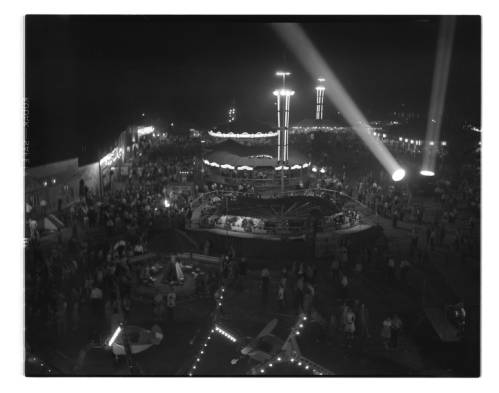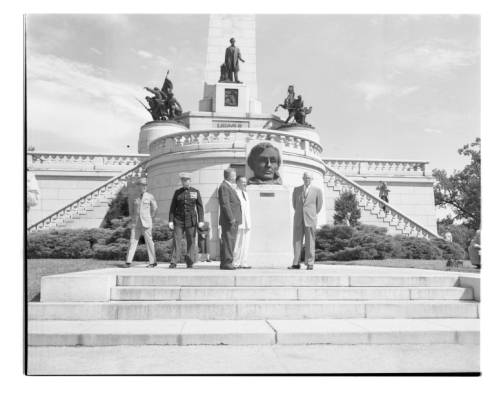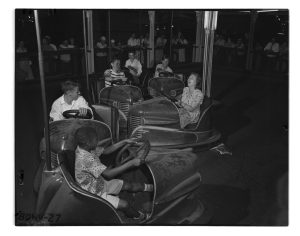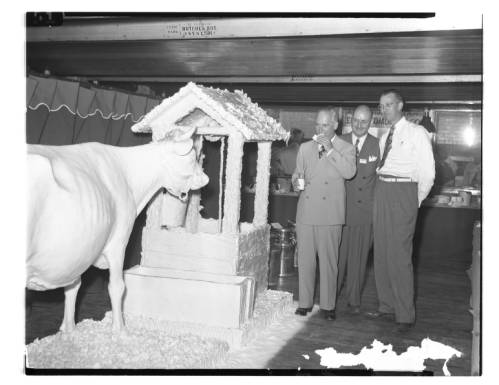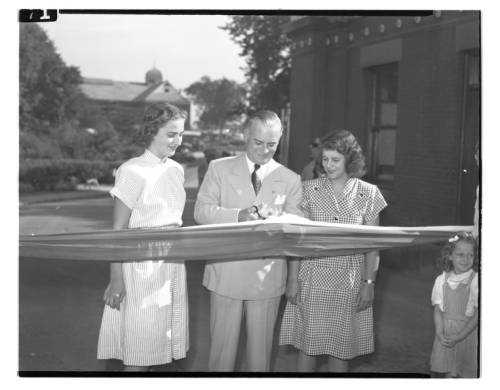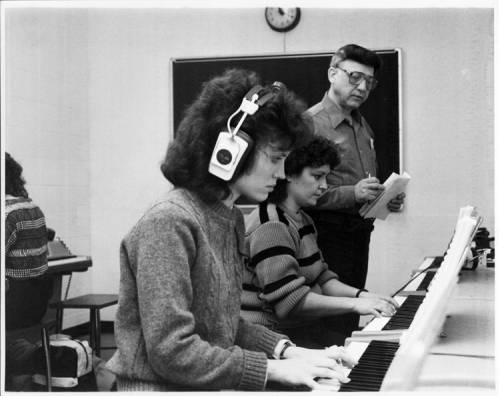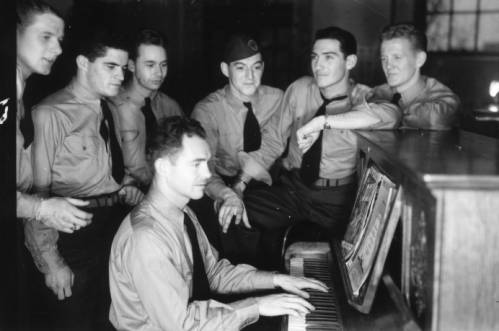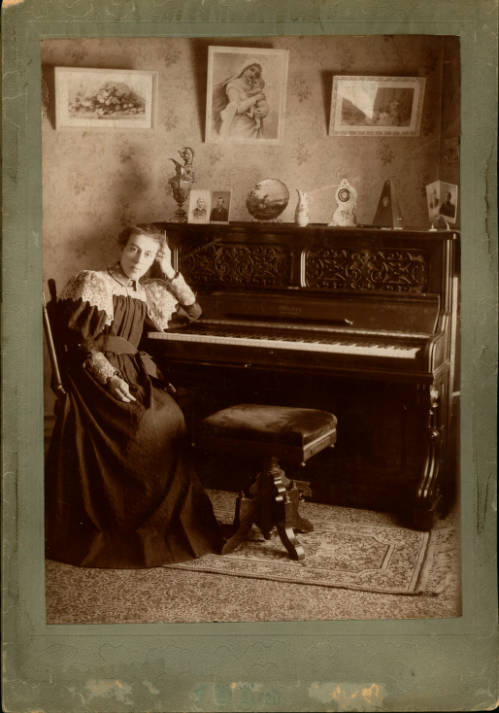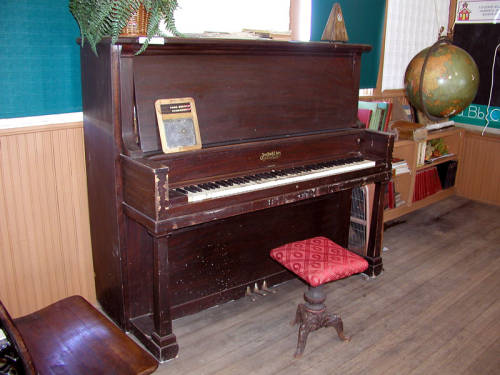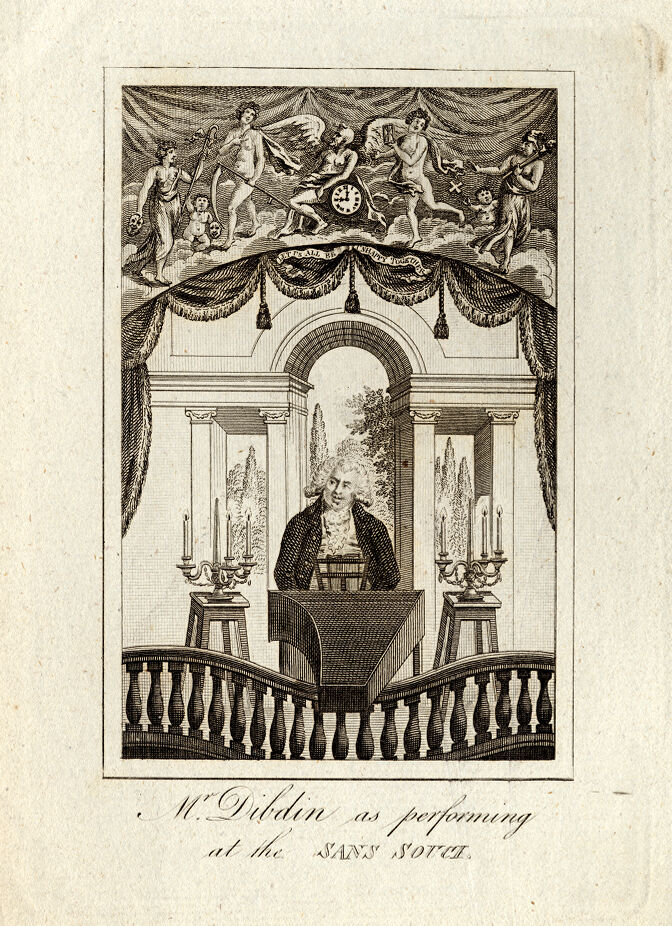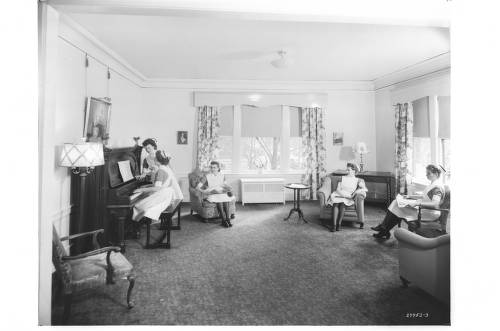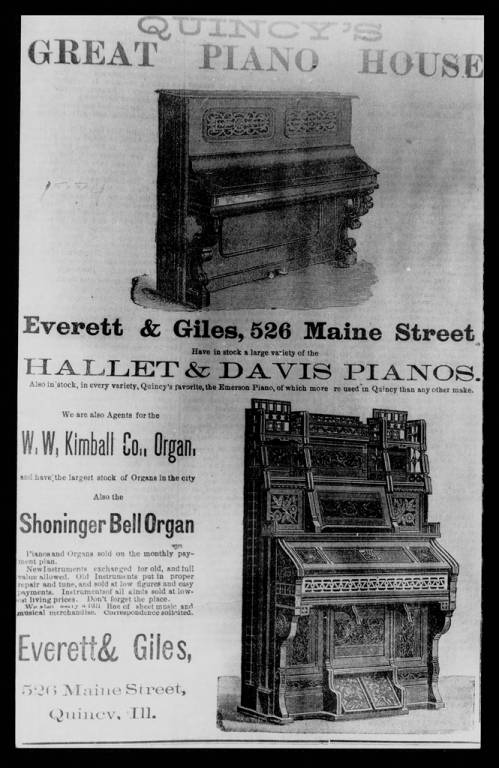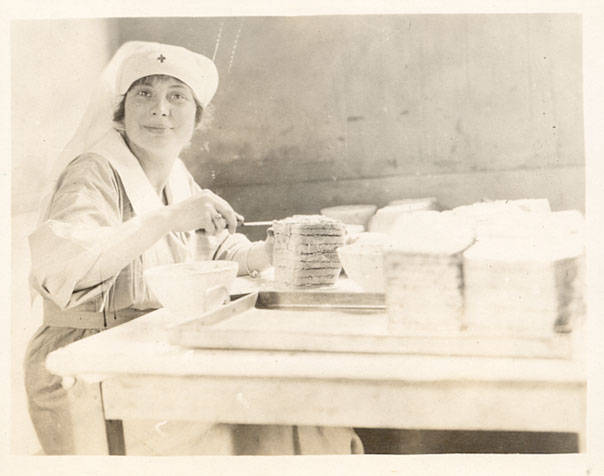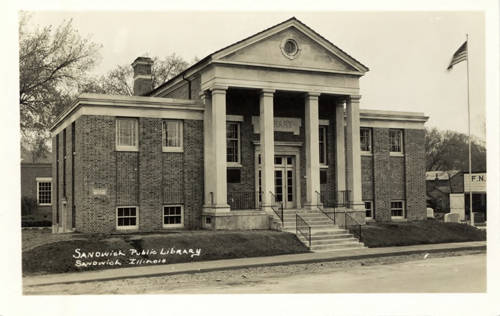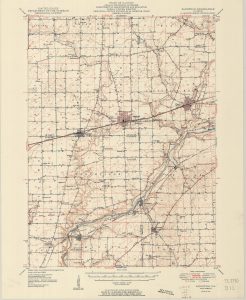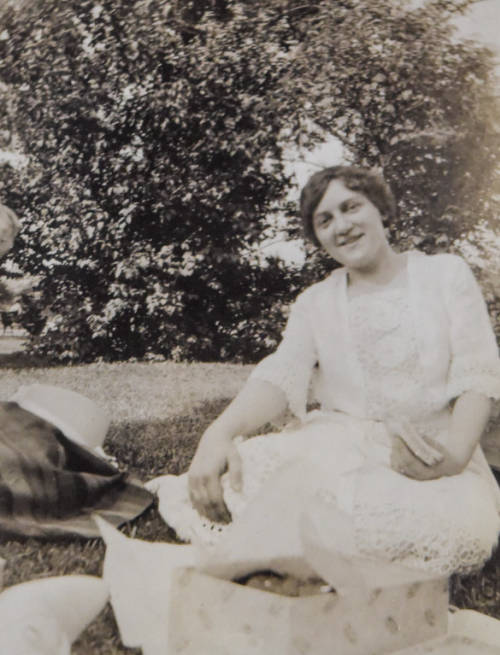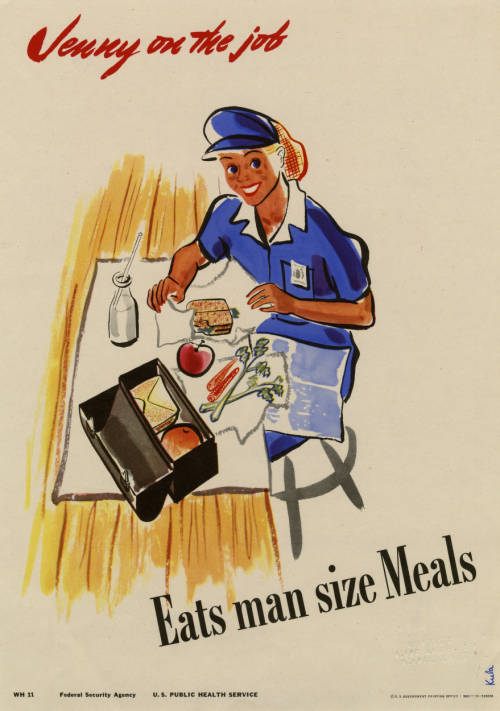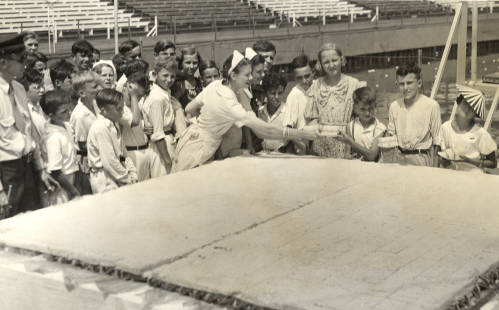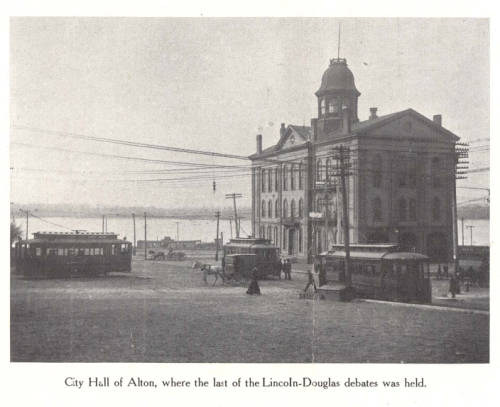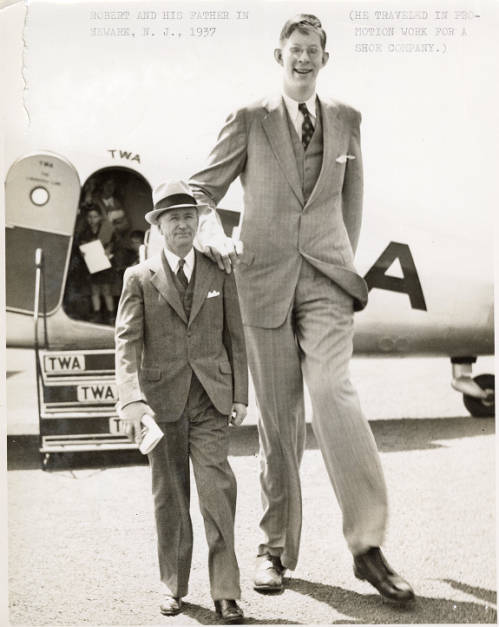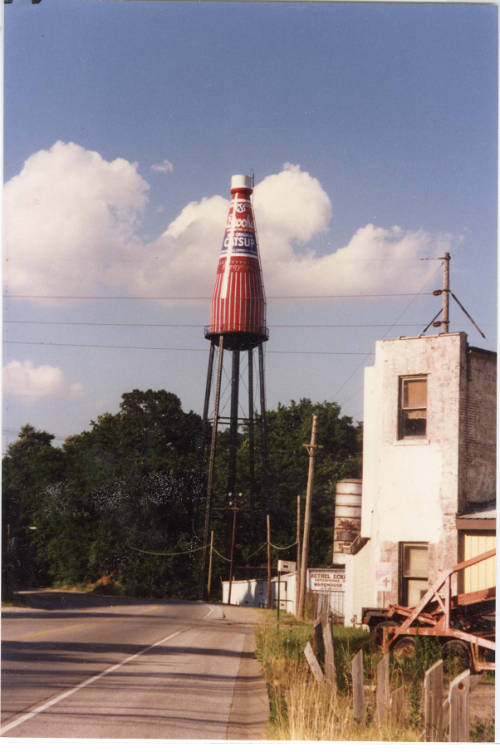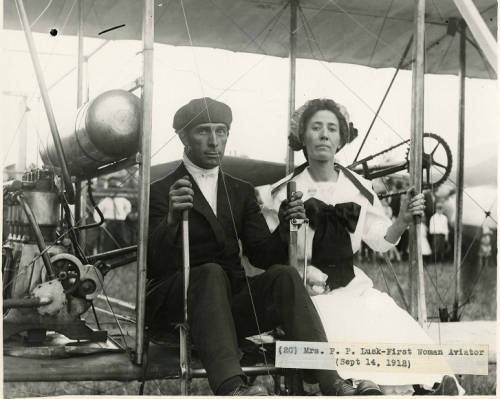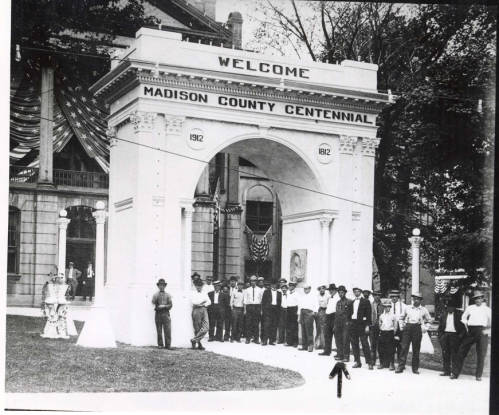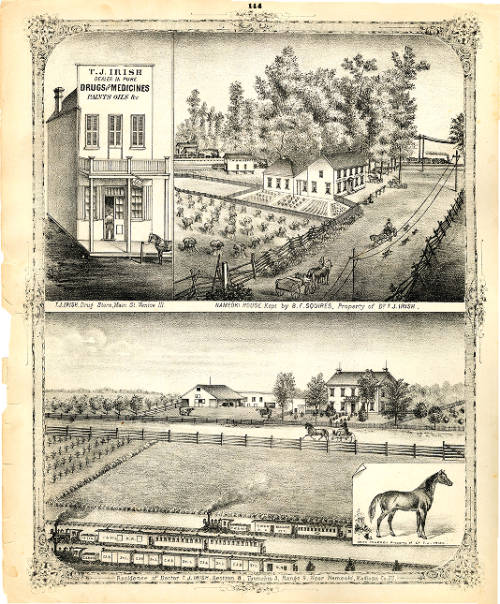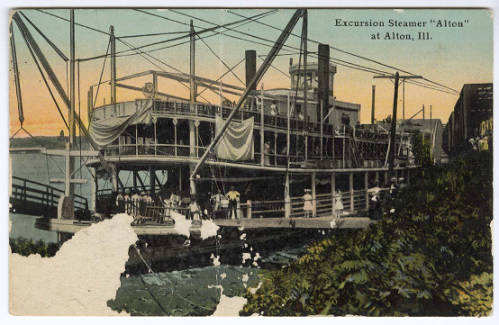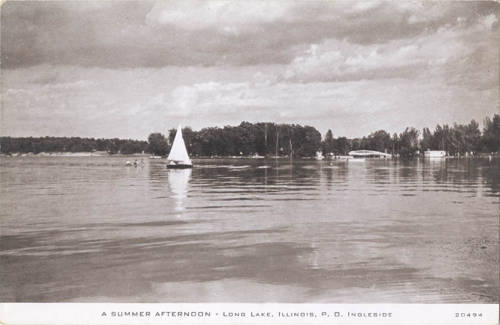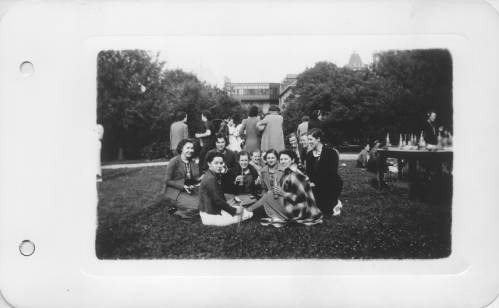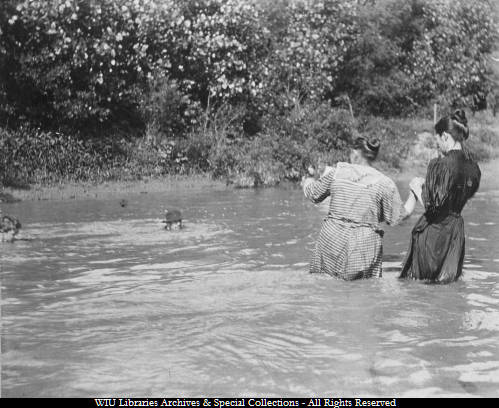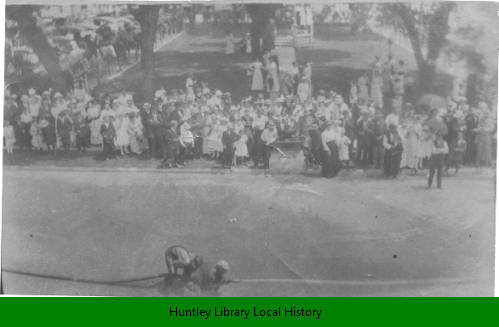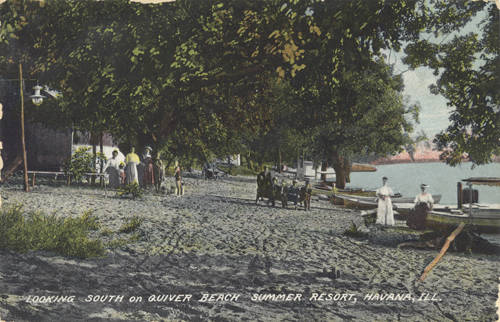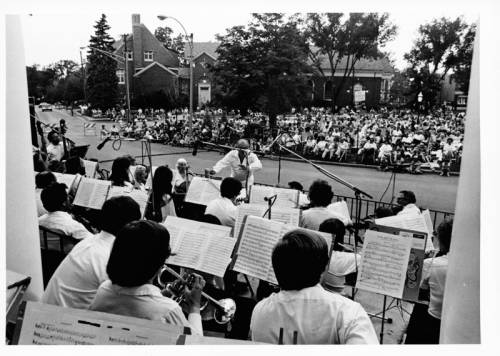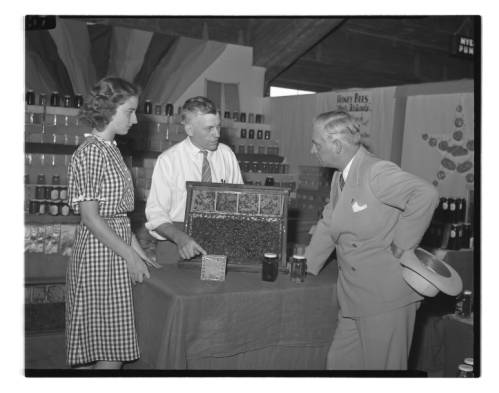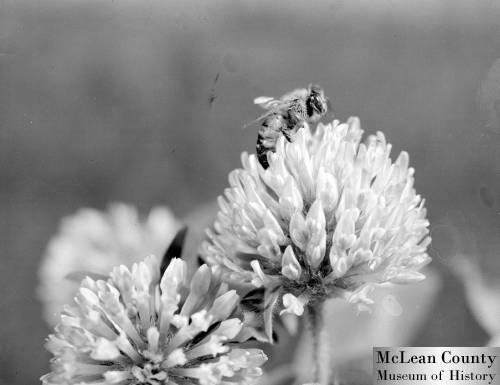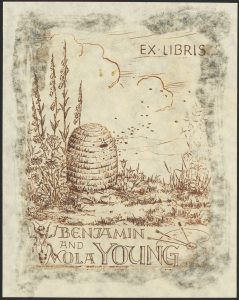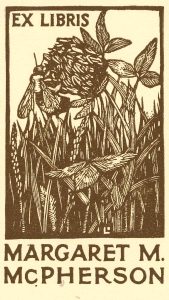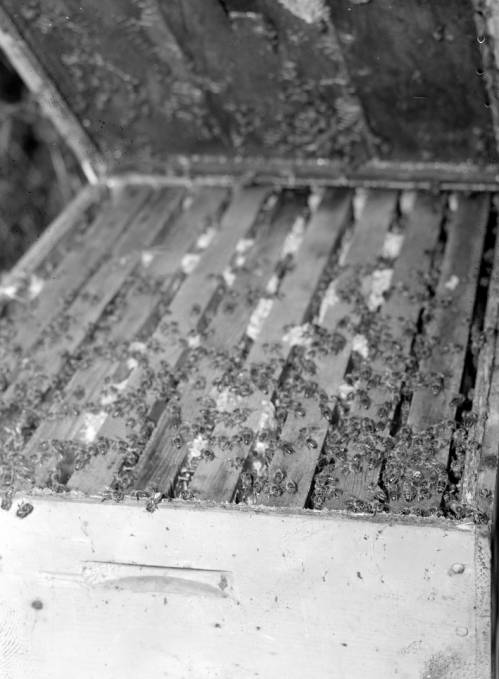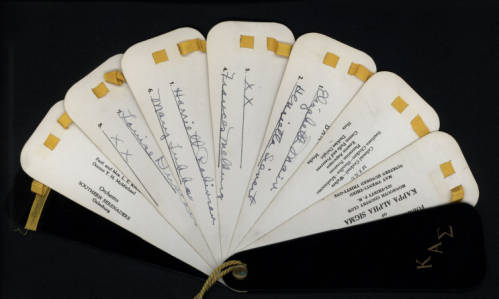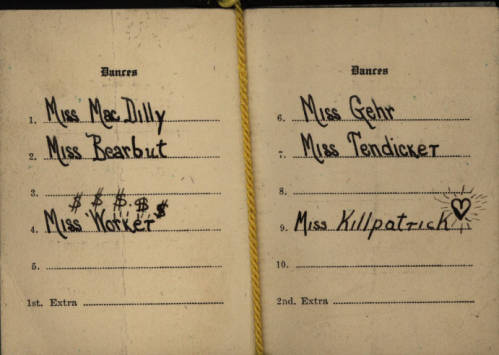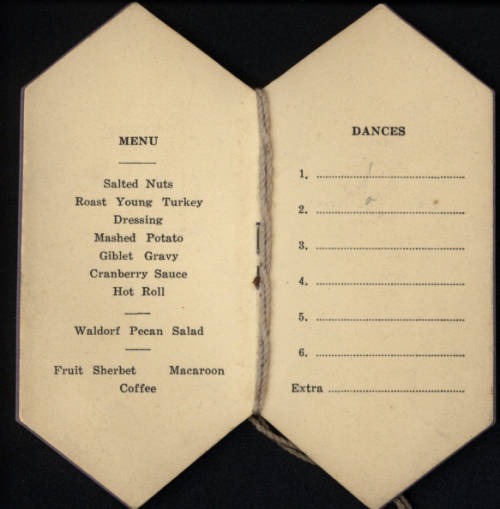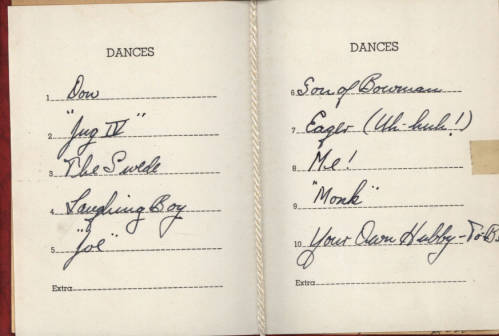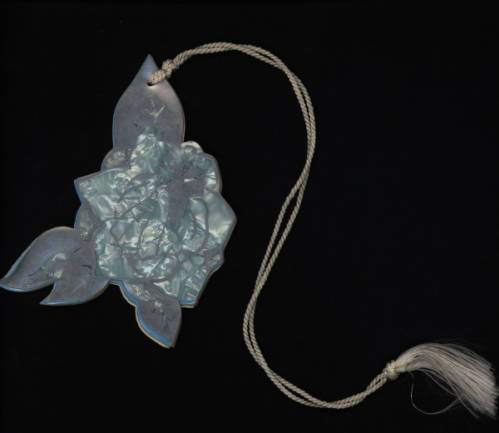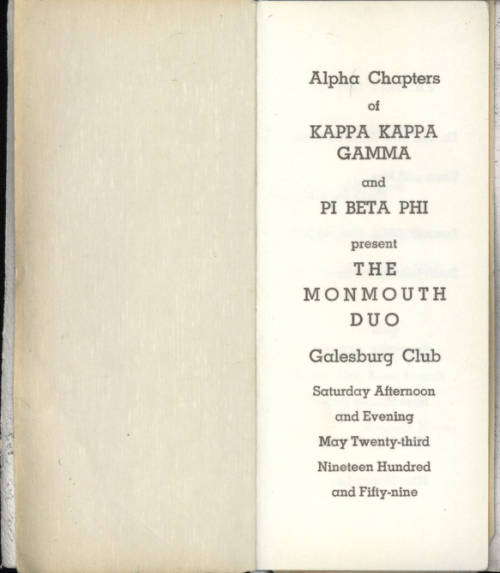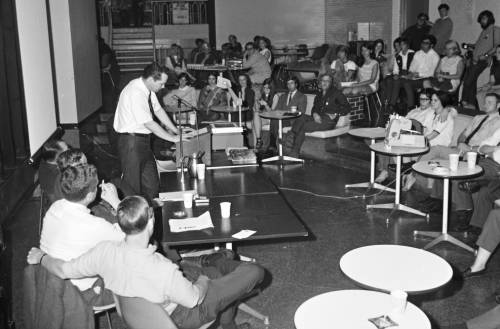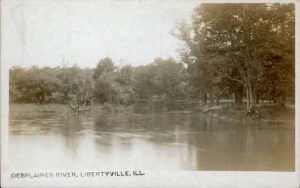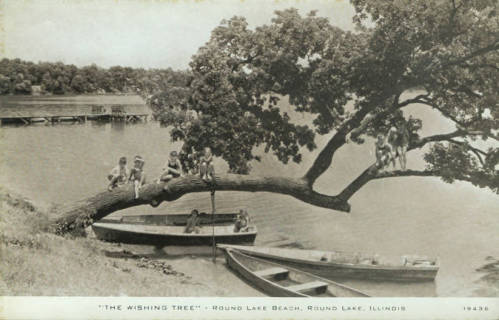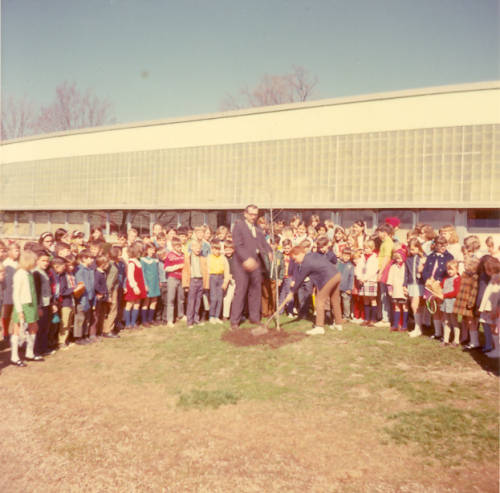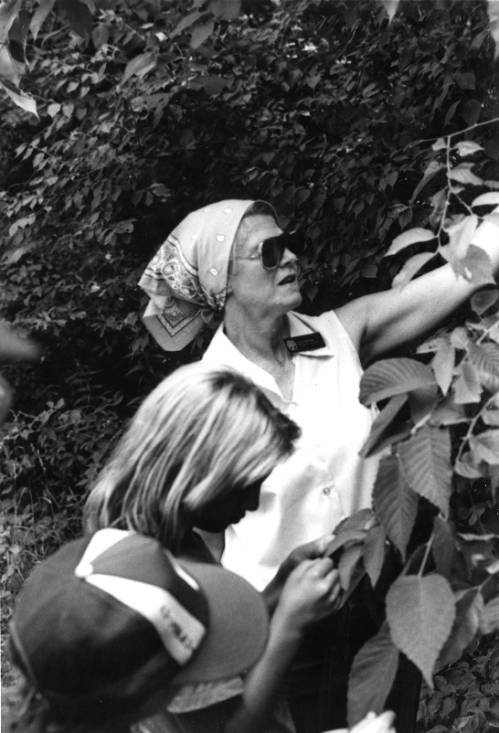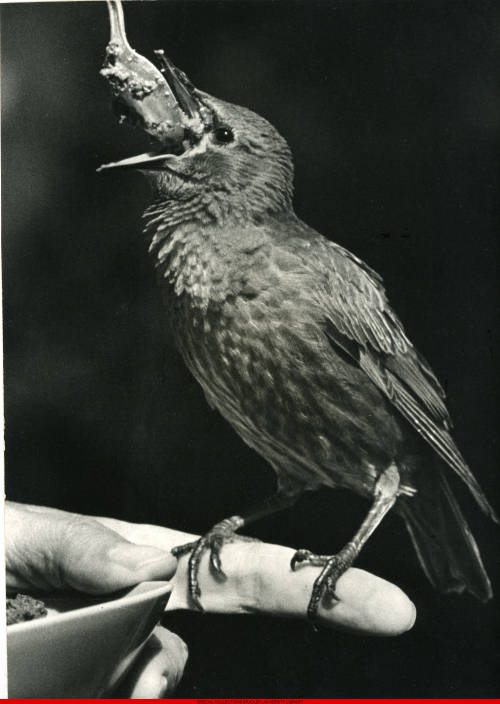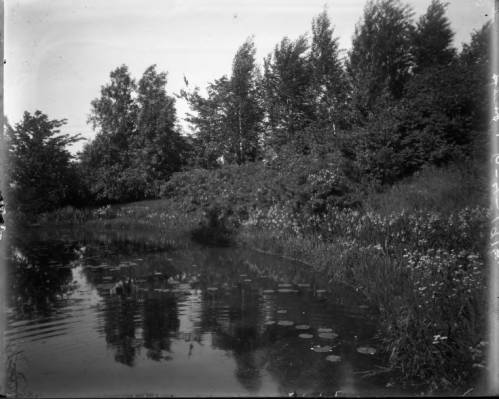Near the Illinois border with Indiana lies the town of Marshall, the county seat of Clark County, Illinois. Boasting a history much bigger than its size might suggest, the IDHH is pleased to feature the Marshall Public Library Digital Archive as one of our newest additions to the Illinois Digital Heritage Hub. Marshall traces its founding to 1835, when Illinois politician and businessman William B. Archer officially organized what would be the beginnings of the city. Marshall took the surname of a Chief Justice of the United States Supreme Court, John Marshall, as its namesake and would be incorporated as a city in 1873. Situated along the National Road, the first major improved highway built by the federal government in the early 1800s, Marshall saw thousands of settlers pass through on their travels to the West.
The city would play host to a variety of notable persons over its nearly 200-hundred-year history, with Abraham Lincoln being a frequent visitor of Marshall during his time as a lawyer. Marshall was also the temporary home of James Jones, best-selling author and winner of the 1952 National Book Award for his novel From Here to Eternity. Jones helped found the Handy Writers’ Colony in 1950 with Lowney Turner Handy and her husband, Harry Handy. A demanding teacher, Lowney Handy would have her students spend many hours copying, by hand or typewriter, materials from authors whose work she admired. The Colony would eventually dissolve after operating for 14 years, but not before seeing several of The Colony writers such as John Bowers and Charles Wright receive publications of their works.
Marshall continues to be a small city with big appeal, whether hosting its annual Fall Festival each autumn or offering a summer of live music by the Marshall City Band, the oldest, continuously operating band in Illinois. Here are a few of our favorite items from the Marshall Public Library Digital Archive:
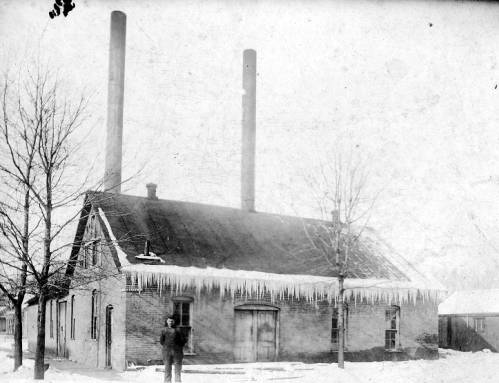
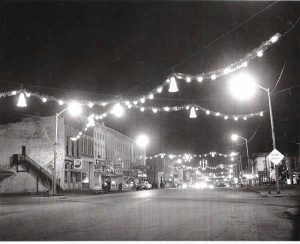
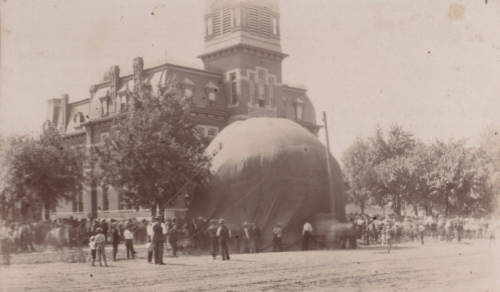
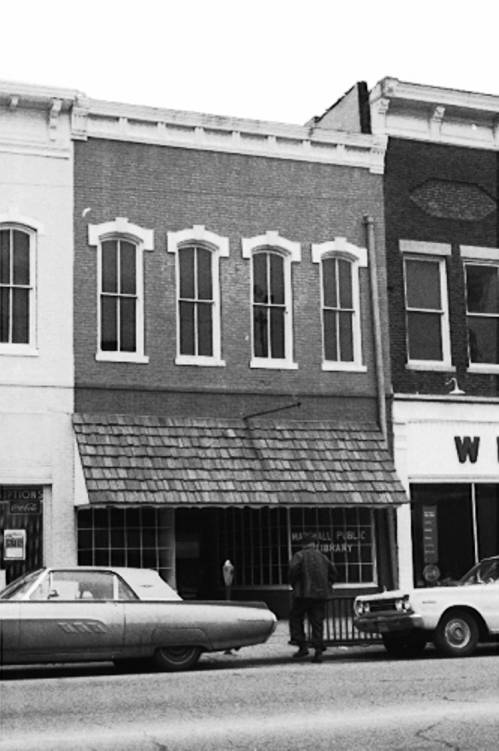
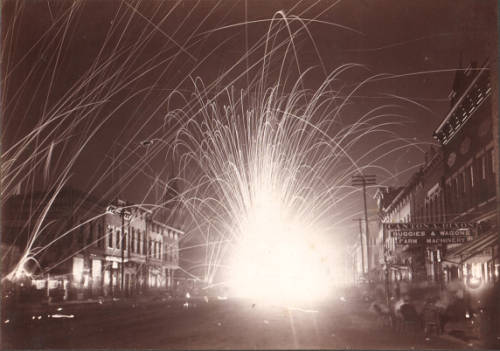
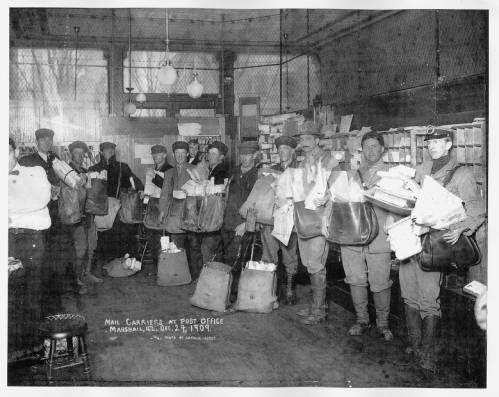

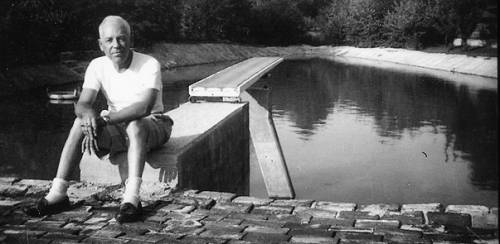
Want to see more?
Visit the IDHH to browse even more items from the Marshall Public Library.
